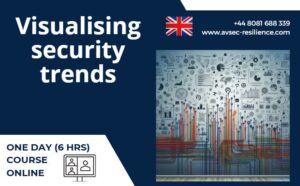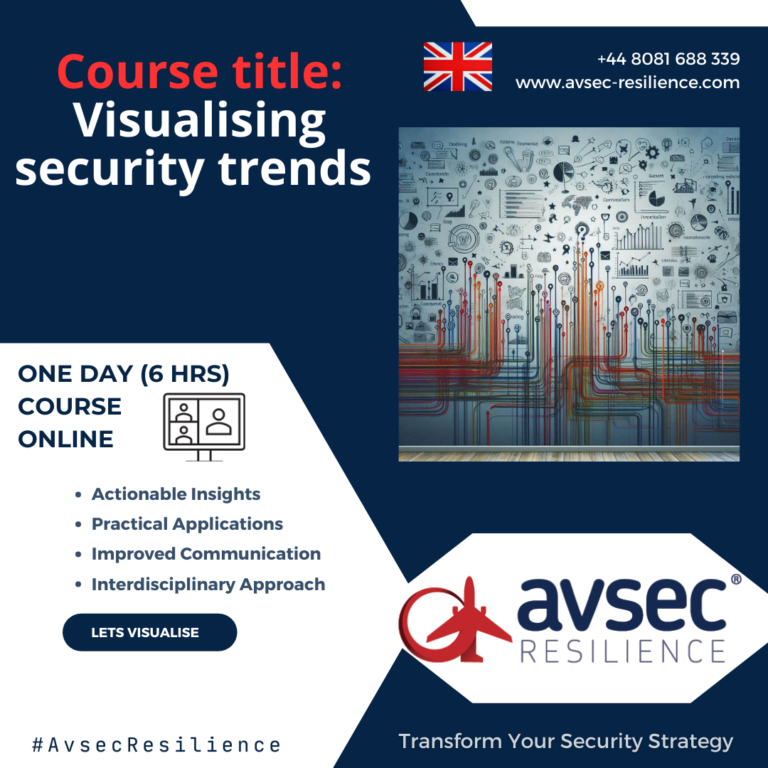Design & Developed by Themeshopy
Return To TopVisualising security trends
Visualising security trends

Duration: 1 days / 6 hours
Delivery method: Online/ In-company training
Target Audience: This course is ideal Individuals in roles where explaining complex security data to diverse audiences is essential.
Professionals who aim to translate technical findings into actionable recommendations for stakeholders.
Cost: Available upon application
Language: English
Course code: VST-1
Introduction
The course introduces security practitioners to the essential stages of data preparation and exploration. Beginning with Initial Data Analysis (IDA), participants will first learn how to assess data quality, then move on to checking for errors, and finally validate the data structure before extracting deeper insights. IDA ensures that the foundation of your analysis is clean, credible, and ready for storytelling.
Building on that, the course dives into Exploratory Data Analysis (EDA) — a critical phase in the analytical process. EDA focuses on summarizing the main characteristics of a dataset through visual and statistical techniques to uncover patterns, relationships, and potential anomalies that inform better decision-making.
Whether you’re from a security operations centre, a policy team, or a strategic leadership role, this course will first show you how to assess and interpret raw data, then guide you in transforming that data into actionable intelligence, empowering you to make confident, data-driven security decisions.
If you remember the rule of; I before E, accept after C, than there is; IDA before EDA — inspect before explore!
What you will learn
Potential course benefits, the why
Attend this course to master techniques for visualising security trends, enabling faster insights, better communication, and stronger decision-making.
Types of visualizations for EDA
In-house courses
Zoom is a default setting for this course, it could be delivered via Microsoft Teams or Webex.
The above course can be modified to better fit, the appetite of your organisation
Jump to internal page: Contact us
















